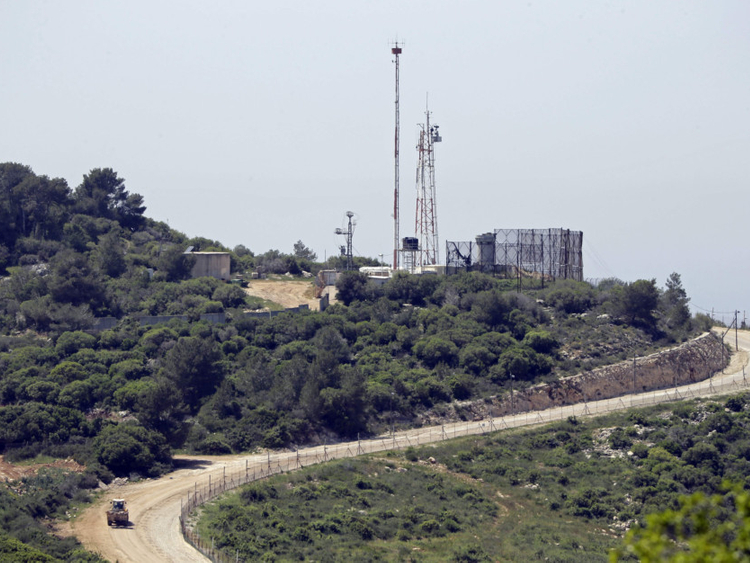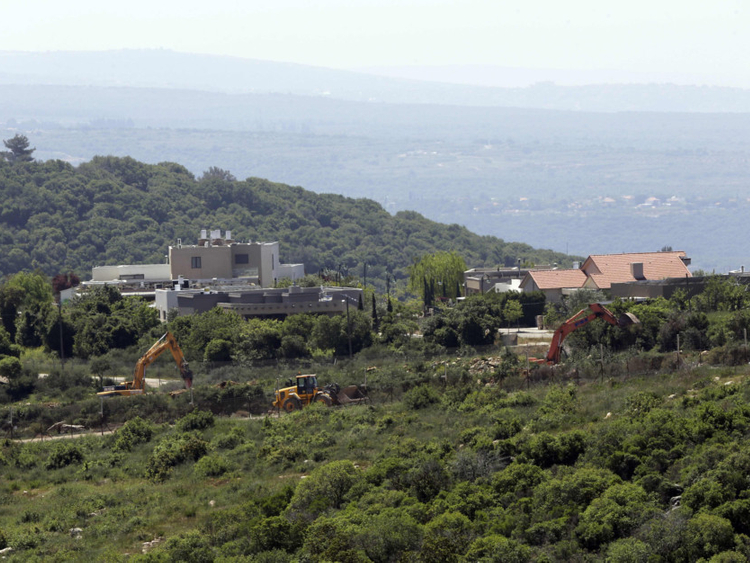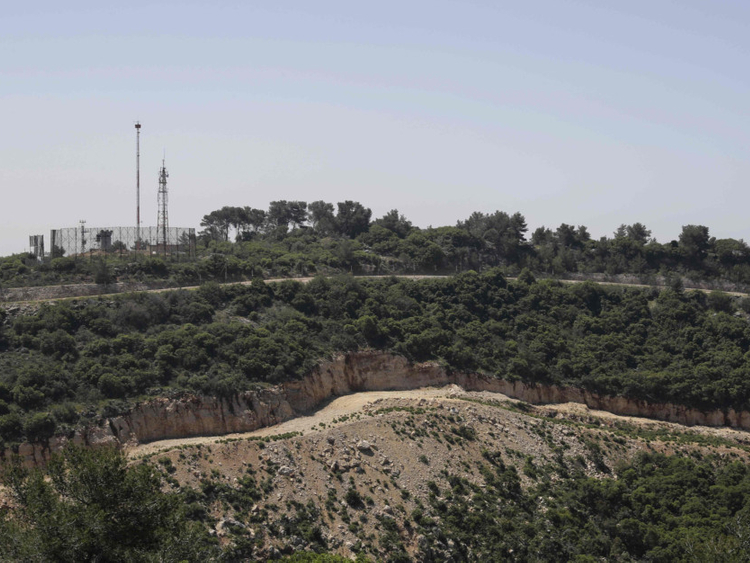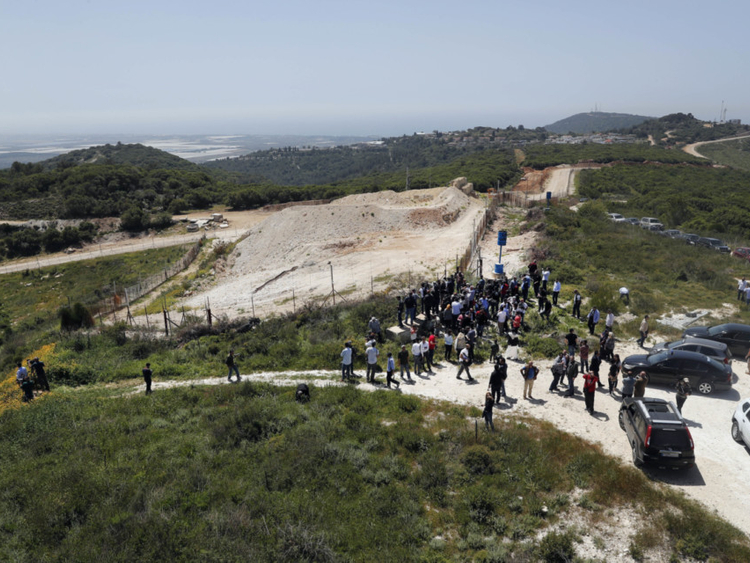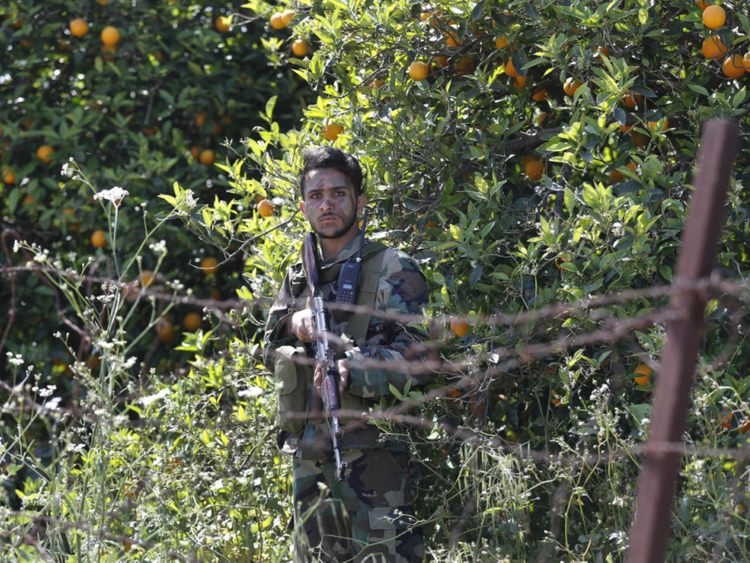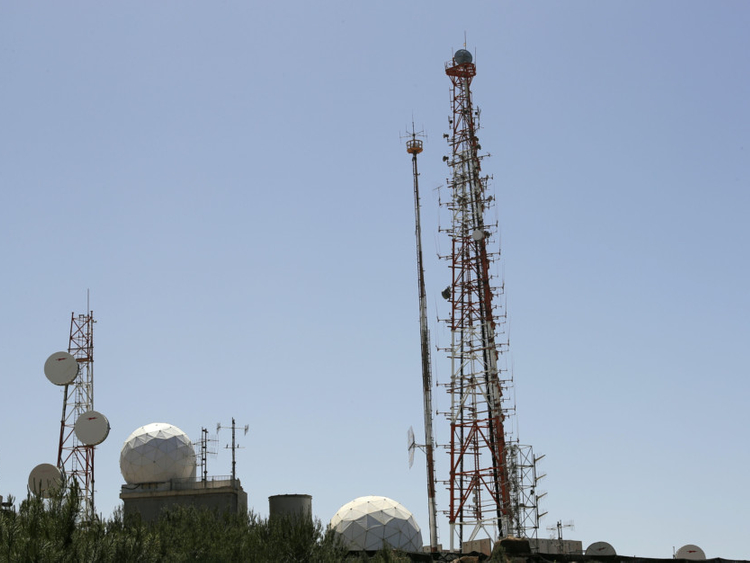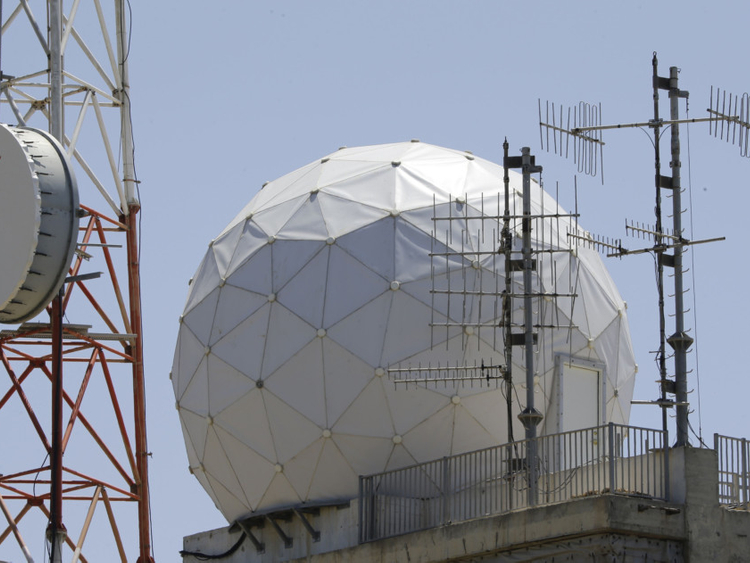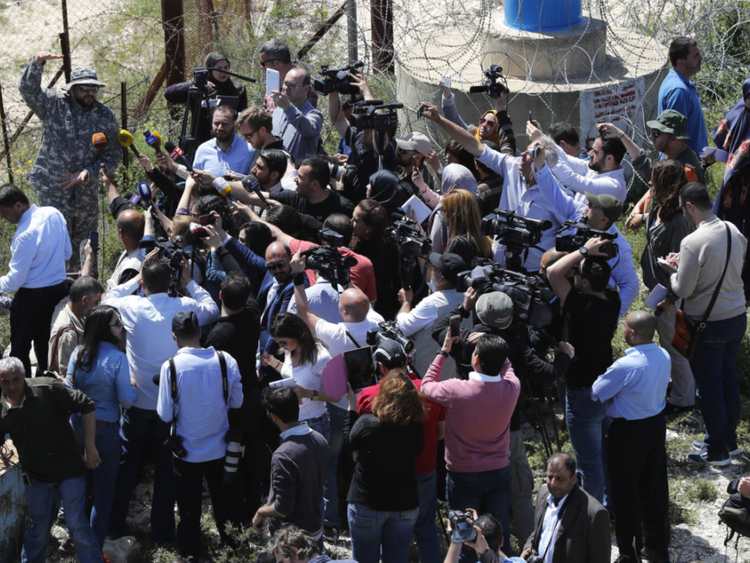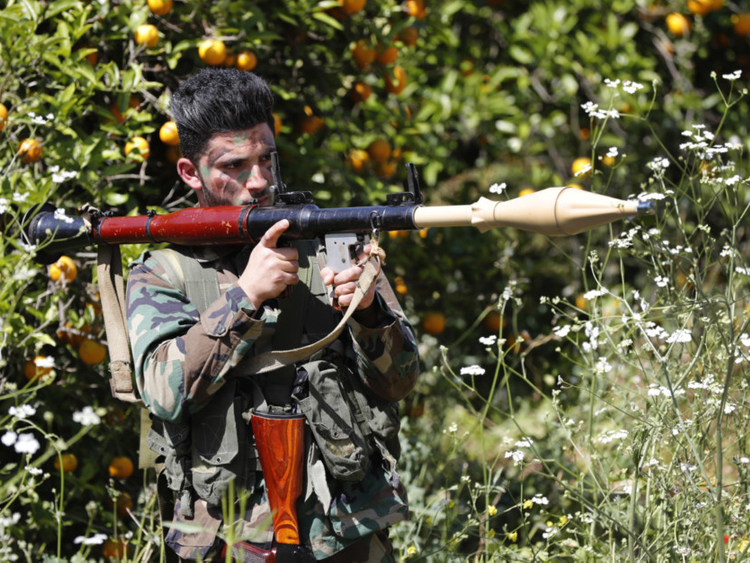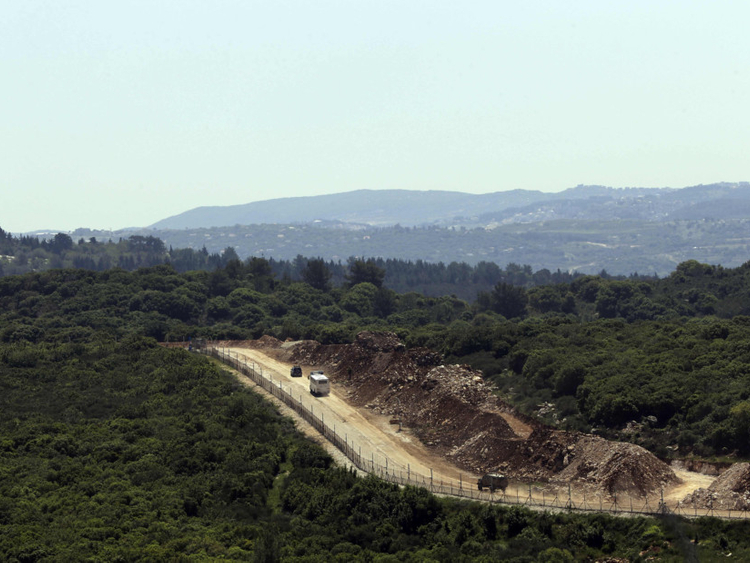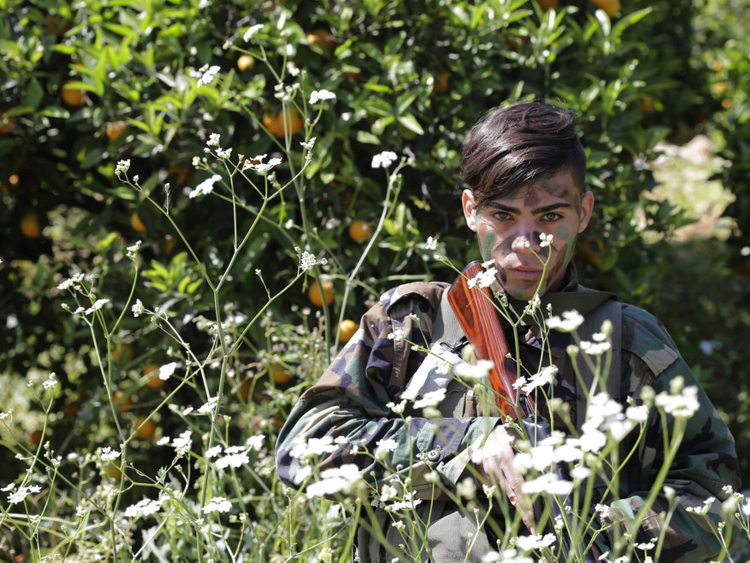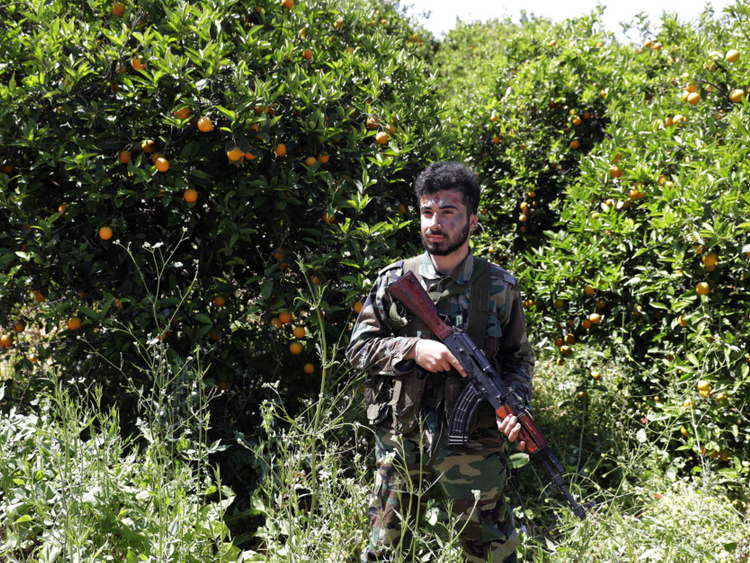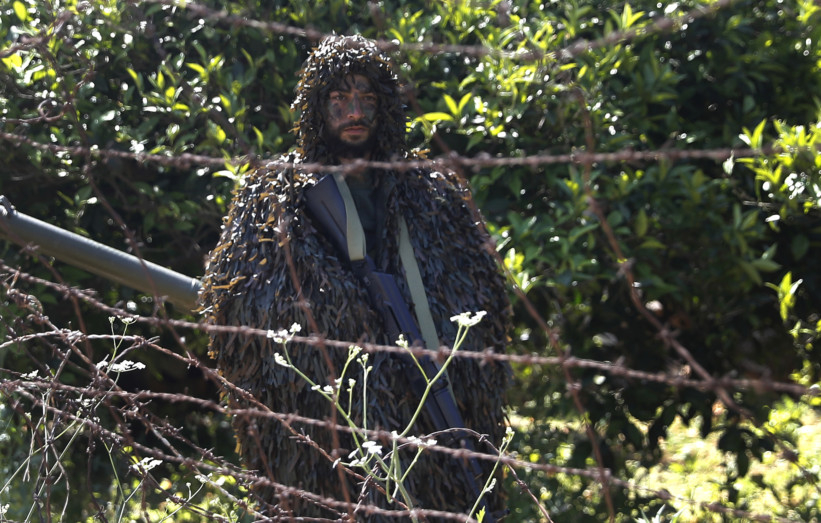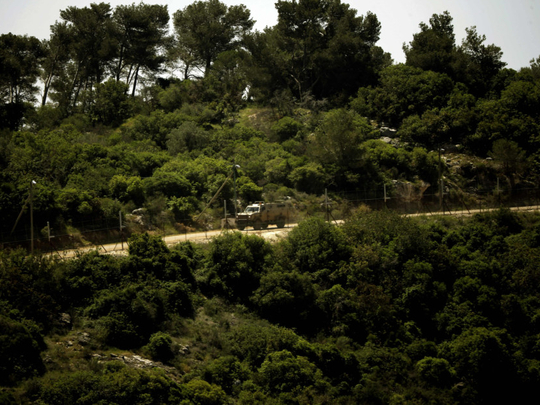
Beirut: Lebanon’s prime minister has paid a visit to south Lebanon, a day after Hezbollah organized a tour for journalists along the Lebanon-Israel border.
Prime Minister Sa’ad Hariri criticised the media tour organised by Hezbollah during which armed militants from the group appeared in a UN-created border buffer zone meant to be free of Hezbollah presence, calling it “unacceptable in our opinion.”
The Hezbollah tour, intended to show journalists defensive measures taken by Israel along the border in the past year, was also criticised by other opponents of the Iranian-backed group as a provocation and a violation of a 2006 UN Security Council resolution that created the buffer zone.
Hariri, on his visit Friday, met with United Nations peacekeepers stationed in the area and renewed Lebanon’s commitment to international resolutions.
Hezbollah’s choreographed outing was clearly meant to send a strong message to Israel: Hezbollah is here and ready in case of a war.
The tour, put together by Hezbollah’s media office, was the first since an inconclusive monthlong war with Israel in 2006. It came amid heightened tensions along the border between the old adversaries, with each side promising to inflict massive casualties on the other in any upcoming conflict.
In the past month, Israel has unveiled a plan to evacuate up to a quarter-million civilians from border communities in case of attacks from Hezbollah. It held a drill at a base in northern Israel simulating a Lebanese village and an urban warfare environment that Israeli troops struggled with in 2006.
Israel has also built up its missile defenses, unveiling earlier this month a joint US-Israeli interceptor to counter medium-range rockets possessed by Hezbollah.
Hezbollah chief Hassan Nasrallah has said the group is not seeking a resumption of hostilities but vowed that if war did begin, his forces would strike Israel’s Dimona nuclear facilities.
At the border Thursday, Hezbollah officials were keen to point out it is Israel that is preparing for war, showing journalists a series of fortifications made by Israeli troops across the border in the past year to guard against anticipated Hezbollah infiltration, including huge concrete blocks, barbed and electrified fences, and deep trenches carved in the valley.
Standing at the border in Labbouneh, near the coastal town of Naqoura, a Hezbollah officer in uniform and sunglasses said the measures highlight the changes in Israel’s calculations.
“For the first time in this enemy’s history, it is switching from an offensive to a defensive doctrine,” the man who identified himself as “Ehab” told journalists.
He then rattled off the names of Israeli colonies across the horizon - Shlomi, Hanita and others - as well as the names of brigades and Israeli commanders to show his military knowledge of the area.
Hezbollah spokesman Mohammad Afif then pointed across the border.
“This big city you see right there is Haifa, it’s not that far from us... Nahariya, Acre and Haifa - they’re all a stone’s throw away,” he said.
The Labbouneh site was one of three border points visited Thursday on the UN-drawn “Blue Line,” including a point right across from a large Israeli surveillance post and radar at Jal Al Alam.
The tour, under the gaze of UN peacekeepers based in the border town of Naqoura, sometimes took on a theatrical nature. At one point, as journalists walked near an Israeli surveillance post, two Italian UN peacekeepers came running up the hill, shouting for the group to stop taking photos - apparently taken by surprise that such a large group was so close to the usually deserted frontier.
The Lebanese-Israeli border area has been mostly quiet since the 2006 war, which broke out after the Iranian-backed militant group’s guerrillas crossed into Israel and captured two Israeli soldiers. The ensuing conflict killed about 1,200 Lebanese, most of them civilians, and 160 Israelis.
The war ended with a UN resolution that created a buffer zone which was supposed to be free of Hezbollah militants.
Brig. Gen. Ram Yavne, head of the Israeli military’s strategic division, said the latest show of arms was “more blunt” than usual, but violations of the UN resolution are nothing new.
He said the border tour was primarily a message of “mutual deterrence” with Israel and that while Israel takes the threat seriously, Thursday’s show of force would not change the overall “calculus.”
“I don’t think this organisation is in a very comfortable situation these days,” he said. “Its leadership absolutely understands the cost of an escalation.”
Israeli officials say Hezbollah has significantly upgraded its capabilities with a larger, more sophisticated arsenal since the 2006 war. While largely staying out of the Syrian civil war, the Israeli military has carried out a number of air strikes against suspected arms shipments believed to be headed to Hezbollah.
Hezbollah, which is fully immersed in the Syrian war and has lost more than 1,000 of its fighters there, clearly has no appetite for a fight.


